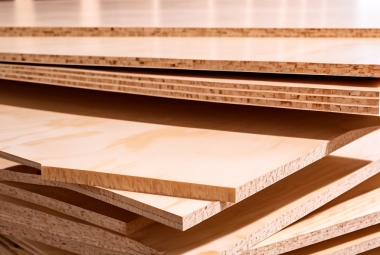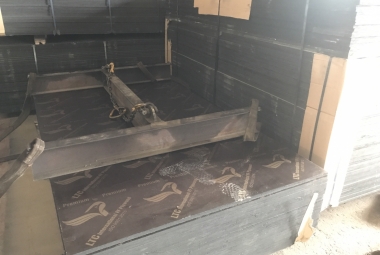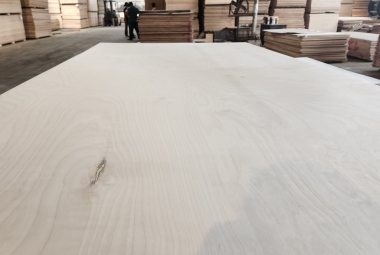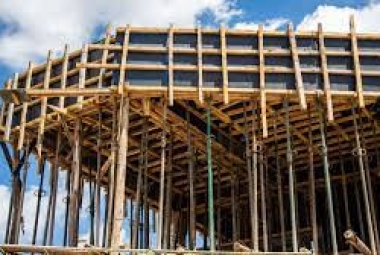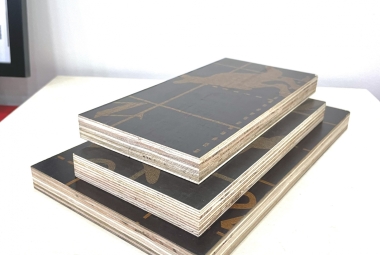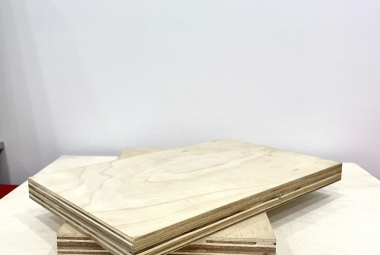Types of Plywood
Plywood of various types, grades, and sizes is required for various projects.
- Veneer core plywood is the most basic type of plywood, consisting of layers of wood bonded together. It's extremely potent.
- MDF core is made up of layers of wood ply sandwiching an MDF, or multi-density fiber, core. It's more stable than veneer core plywood and has a more consistent thickness, so it's commonly used for doors.
- Lumber core plywood is made up of lumber sandwiched between layers of veneer. It is frequently used for long shelves.
- Hoang Chau PLy is a brand name for a formwork, film-faced plywood with many hardwood plies that is used for construction where the usage time in general is from 15-20 times
- Exterior sheathing plywood, which is rated CDX, is commonly used for lateral bracing on building exteriors. The "C" rating is on the front, the "D" rating is on the back, and the "X" rating is for Exposure, which means it's intended for use outside when covered with siding, for example. It is made with exterior-rated glue.
- Subfloor plywood is waterproof and typically thicker (3/4 inch to 1 1/8 inch). For a squeak-free floor, it should be tongue and groove (indicated by T&G on the sheet).
Plywood Grades
The grade of plywood refers to its physical appearance.
- Grade A: The sheet's face and back are nearly defect-free, with a smooth, sanded surface and almost no knots. The surface is meant to be seen (not covered with another material) and can be painted or stained, making it ideal for cabinet doors and furniture.
- Grade B: Sanded smooth, but the face and back have a few flaws that have been patched or filled with wood filler. Grade B is less expensive than Grade A.
- Grade C: Unsanded, with tight knots up to 1 1/2 inches wide. Large areas may have been patched and filled. It's ideal for subflooring or other applications where it won't be seen.
- Grade D: Unsanded, with knot holes up to 2 1/2 inches wide, liberal use of patches and filler, and some unrepaired defects. Like Grade C, it is suitable for structural applications where it will not be seen.
When two grades are indicated, such as A/B, the A denotes the front and the B denotes the back.
Plywood Sizes
Plywood panels are generally available in three main sizes:
- 4 ft. x 8 ft.
- 4 ft. x 9 ft.
- 4 ft. by 4 ft.
The thickness of plywood you select is determined by the needs of the project. There are numerous types of plywood available in a dizzying array of sizes. Generally speaking, plywood is made from 1/8-inch-thick, to more than 1 ½ inches thick. Most plywood in a big box store will be ½ inch, ¾ inch, and 1 inch.
As an underlayment between the subfloor and the tile, very thin plywood is appropriate. Thicker plywood, however, is required for the actual subfloor or structural sheathing fastened to the framing members of a new shed. Building regulations must be followed.
Buying Plywood
It's best to know what you need before going to the home improvement store or lumberyard to buy plywood.
Choose grade A or B plywood for stained or painted plywood, depending on your budget, and inspect the exposed side carefully. Because there can be significant variation from one sheet to the next, don't be afraid to pull out and examine several sheets before making a purchase. If the edges are visible, make sure they are free of holes and gaps.
Ho Chi Minh, 25 November, 2023


